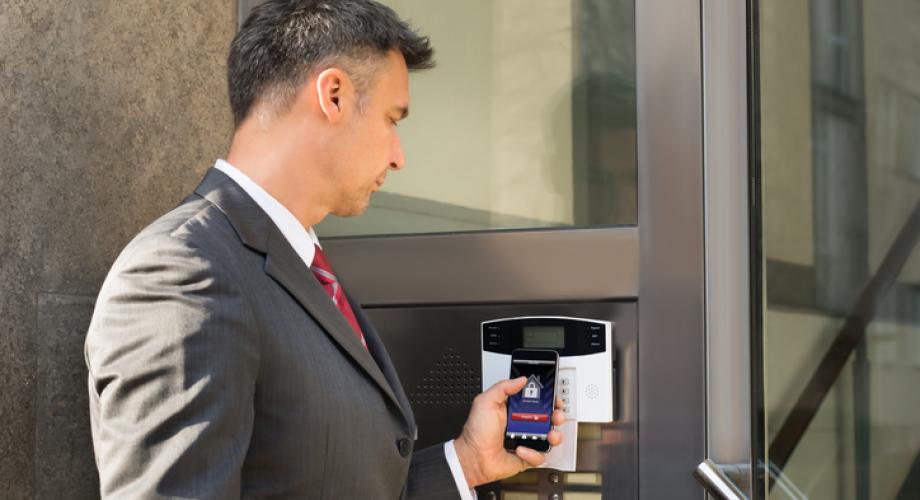As service amenities grow in popularity, technology takes a back seat.
If you want to invest in smart-homes, access control is usually a good place to start. But the driver may not necessarily a resident’s technology preferences.
“A lot of residents have gone away from wanting stainless steel and granite to wanting convenience and services,” Brian Ramirez, Senior Property Manager at Corigin Real Estate Group said at Maximize in October in Carlsbad, Calif. “Instead they want better service.”
That’s a trend Steve Boyack, Senior Managing Director, Real Estate for Greystar sees emerging in the Charleston, S.C.-based manager’s massive portfolio. “Services are the new amenities,” he says.
With service providers such as dog walkers and house cleaners coming in and out of a community regularly, focusing on smart-access with individual apartments and front doors makes a lot sense.
“In a building with standard locks, all of these [service providers] must go to the front desk or concierge to get an entry code,” Boyack says. “That burns their staff members’ time.”
In a building with a lot of short-term residents, smart-home devices can also help cut off or limit access to certain areas.
Smart-access combined with technologies that monitors large systems, such as HVAC, and provide warnings when they are about to go out, could provide even greater benefit.
“Service techs can enter to service the apartments and replace things before they go out,” Boyack says. “It is a frictionless environment. Why wouldn’t a resident want to stay in that kind of environment?”
Boyack believes that residents will pay more for smart-homes services “when they are done well.”
That may be the case now, but Jeffrey Kok, CIO of Mill Creek Residential, does not think the industry will be able to charge extra for these services indefinitely.
“In about five years, residents will expect to have smart-home features – the time to [monetarily] capitalize on smart-home is now,” Kok says.
In some areas, making smart-home investments is already about matching competitors’ offerings.
“In New York, a lot of owners go to smart-access and we need to be at par with that,” Ramirez says.
Technology investments are not just about ancillary income or keeping up with the Jones’. They can also save money or help a community operate more efficiently.
“How do you reduce disruptions so that staff can have meaningful interactions with residents?” Boyack asks. “All of the technology that we are focused on frees people from low-value tasks.”
At UDR, COO Jerry Davis sees self-guided tours as not only an attraction for perspective residents, but also a way to combat inconsistent presentations in an era of high turnover among leasing professionals.
“Turnover is so high; you have a bunch of newbies running tours,” Davis says. “Whatever kind of [self-guided] tour you implement can add consistency.”
A self-guided tour does not provide answers to residents’ questions, which means human interaction is still necessary.
“If you implement self-guided tours, you are making leasing agents your customer service representatives,” Davis says. “Ideally, you will keep your best people around.”
Mill Creek Residential also sees the value of people in this changing environment. “Relationships are a big part of our core values,” Kok says.
As buildings become smarter, the role of the maintenance technician changes. More sophisticated building will require new technical and computer skills.
“Maintenance techs will get elevated [with smart buildings],” Boyack says. “Opportunities for us to provide additional education and offer more prestige suddenly grows.”
